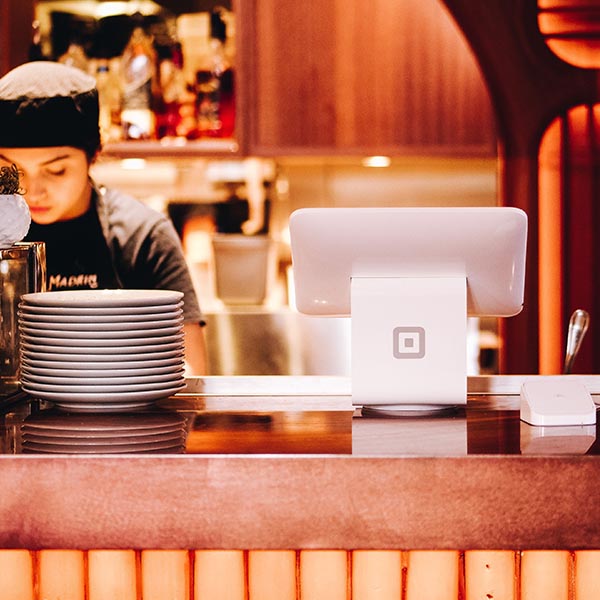Restaurant POS System Key Features
Deciding on the right POS system for your restaurant necessitates first the understanding of your business requirements or needs based on your operational environment. On a daily basis, restaurant owners, management, and staff must be able to navigate through a fast-paced, demanding, and long-hours workplace. It is these backgrounds that you should match your POS system with for it to be truly worth your investment.
The many available POS features for restaurants could overwhelm you at the outset. Below is a list of key restaurant POS system features that you should have regardless of your business size. These POS features can help you manage your business successfully, especially during times or prolonged periods of uncertainty.


